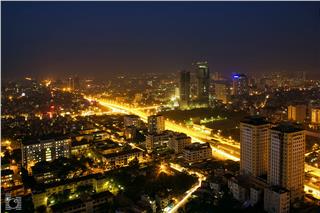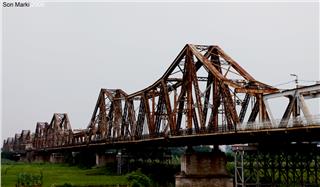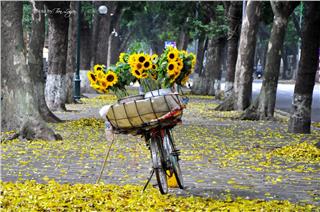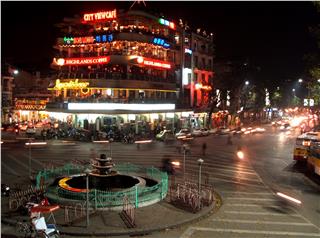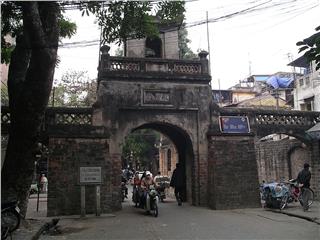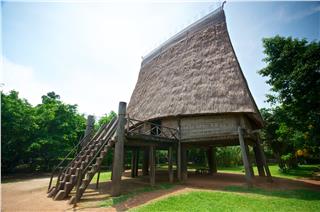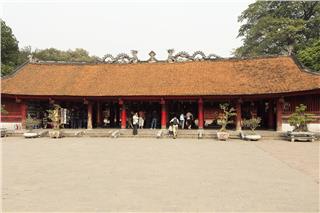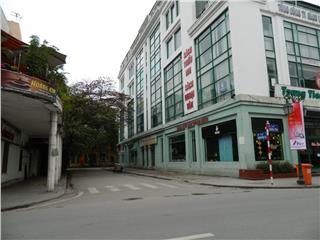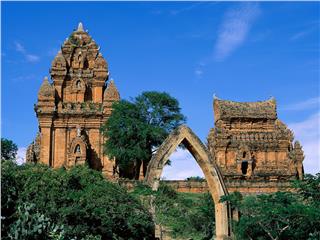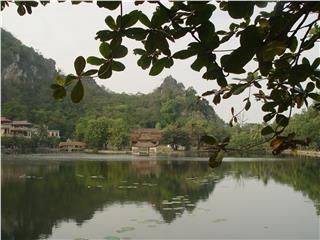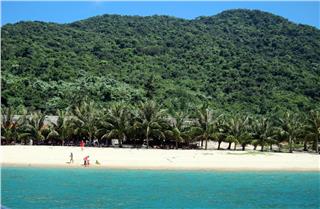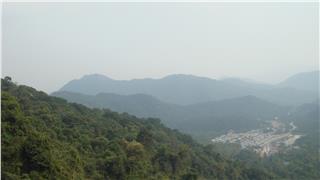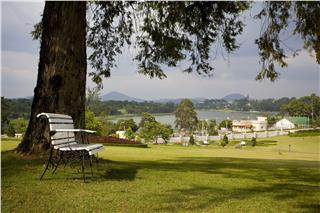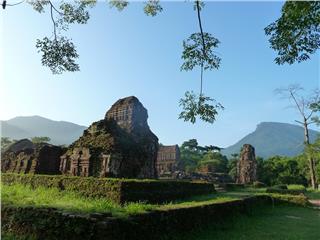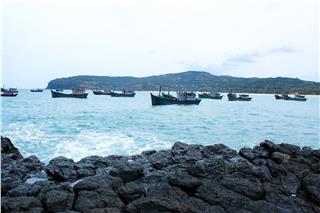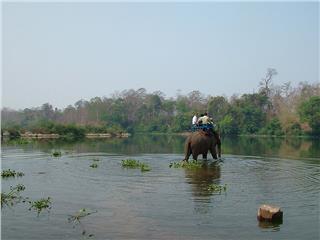Vietnam Museum of Ethnology where Vietnamese culture converges
Sat, 14 Mar 2015 . Last updated Mon, 01 Jun 2015 14:23
-
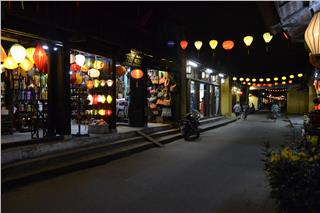 Hoi An travel to New Moon Festival 7231 viewed
Hoi An travel to New Moon Festival 7231 viewed -
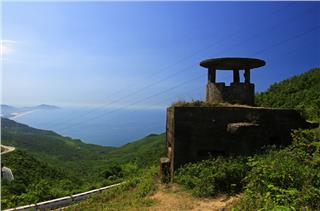 Vietnam War bunker near Da Nang 6705 viewed
Vietnam War bunker near Da Nang 6705 viewed -
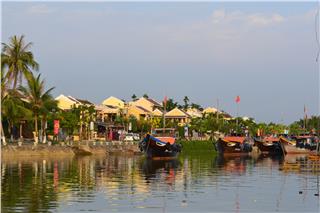 Ancientness of Hoi An ancient town 6618 viewed
Ancientness of Hoi An ancient town 6618 viewed -
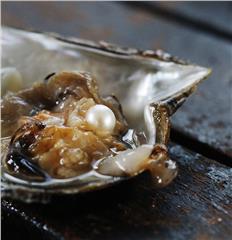 Discovering pearl in Phu Quoc Island 6123 viewed
Discovering pearl in Phu Quoc Island 6123 viewed -
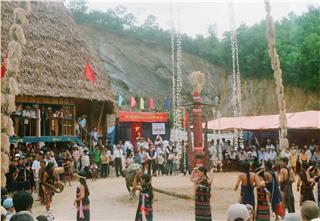 Discovering the Co Tu village in Quang Nam 5980 viewed
Discovering the Co Tu village in Quang Nam 5980 viewed -
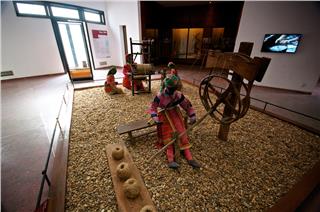 Cultural identity of ethnic groups in Vietnam Museum of Ethnology 5941 viewed
Cultural identity of ethnic groups in Vietnam Museum of Ethnology 5941 viewed -
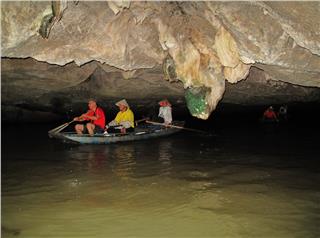 Visit Trang An complex in Ninh Binh 5844 viewed
Visit Trang An complex in Ninh Binh 5844 viewed -
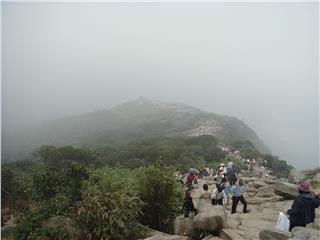 Yen Tu Pagoda and records of Vietnam 5813 viewed
Yen Tu Pagoda and records of Vietnam 5813 viewed -
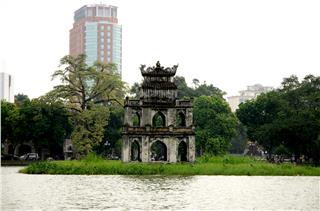 Hanoi Vietnam to Hoan Kiem Lake 5684 viewed
Hanoi Vietnam to Hoan Kiem Lake 5684 viewed
Visiting the Vietnam Museum of Ethnology is like taking a journey along the country. Striking cultural features of daily life traditions and festivals of different localities are on display here appealing those who want to learn about Vietnam culture.
The mountains market in the North of Vietnam is a special economic-cultural activity that takes place every 5 or 7 days. Brocade dresses of Thai girls, “xoe” dance and stilt houses hidden behind mulberry fields…
Cham people practice Brahmin, Bani and Islam. They are famous for cloth weaving and pottery making. People living in the Mekong river delta and the Southern of Central Region of Vietnam come from such ethnic groups as Cham, Khmer, etc. Exhibits of inhabitants in the Central Highlands include long houses, communal houses and grave houses, video clips of buffalo stabbing festival of Bahnar people and so on. 54 ethnic groups with 54 features form the identity of Vietnamese culture, which is diverse but united.
When coming to the Vietnam Museum of Ethnology at weekends, visitors have a chance to watch water puppet performances, a unique folk art of Vietnam. Such performances are jointly held by the museum and 14 ancient water puppet troupes in the Northern plain who take turns to perform and introduce this folk art to foreign visitors and young generations as well. The cold weather in late 2012 failed to discourage artisans from Dong Ngu puppet troupe (Bac Ninh province). They had to stay in the water but still sand and performed excellently.
Teu is typical character in water puppetry. He symbolizes Vietnamese people living in the Red river delta. Their daily life and customs are shown in different performances. Farming practice with vast fields, green bamboo clusters and numerous lakes and ponds becomes a rich source of inspiration for this unique art form. Water puppetry enjoys its growth in the countryside and carries the soul of our nation.
Although foreign visitors can partly understand puppets’ actions or daily life in Vietnam with the help from the tour guide only, such performance still take place to give them some insight into Vietnam. The Vietnam Museum of Ethnology creates a space imbued with typical features of the Northern plain. The stage is a water communal house in front of the five – compartment house. That’s the place where wooden puppets move flexibly and attract numerous visitors.
And all performers are famers. Although they don’t get well paid, they are paid still determined to maintain such shows to popularize this folk art of Vietnam such shows to popularize this folk art of Vietnam. The museum creates a special space for them to perform. Water puppet performances are among annual activities held at the museum to create a community link here. Many other events are held regularly for cultural exchange. In particular, ethnic groups gather in the outdoor exhibition space, by their traditional houses, whenever the spring comes. They sing, dance and cook heir traditional dishes.
Thai people bring their typical dance in their harvest festival and New Year festival. Kinh people introduce their art of calligraphy and Dong Ho folk paintings. And here are the music and community dance of Trieng people. Visitors can also take part in “sap” dance and listen to folk songs of Thai people in the Northwestern area. By holding such activities, the museum helps to connect ethnic groups and creates a cultural space or all of them. Thai people in Hanoi are among such ethnic groups.
The exhibition space in the museum not only helps visitors get some information about the life of ethnic groups across the nation but also brings those living far away from home familiar things. The museum becomes a cultural space that connects people and delivers the message of love to them. The Vietnam Museum of Ethnology has played a significant role in strengthening ties between Vietnam and other countries in the world by co-organizing exhibitions with them.
“Anh nhin cheo” (Crossed visions) is jointly held by Val-de-Marne (France), Yen Bai province and Vietnam Museum of Ethnology in Hanoi to celebrate France-Vietnam Year 2013 – 2014. Under the theme of traditional festival, the exhibition brings visitors a chance to see the blend of different cultures: Val-de-Marne, a province near Paris, France and Yen Bai, a mountainous Northwestern province of Vietnam. This is also a good chance to promote and preserve the cultural diversity of the two provinces.
Yen Bai is located between the Northeast and the Northwest of Vietnam. It’s home to 30ethnic groups. Kinh people make up the majority of Yen Bai’s population and the rest consists of such ethnic groups as Thai, Tay, Dao, Cao Lan, Xa Pho, Hmong and so on. Because of its diverse ethnic groups, Yen Bai has up to 30 festivals imbued with community features like festival of praying for bumper crop or rain (Thai people), “Gau tao” festival (Hmong peole), “Tet nhay” festival, (Dao people), etc.
Although Yen Bai and Val-de-Marne are far away from each other, festivals in the two provinces share some common features. In particular, these festivals have remarkable vitality and spiritual values. This express local people’s wish for the true, the good and the beautiful. Vietnam Museum of Ethnology was selected t host this event. People in two provinces and two countries in general get a better insight into each other’s diverse cultures thanks to the exhibition. Comparing two cultures far away from each other shows us the importance of preserving and promoting cultural heritages towards sustainable development. Vietnam museum of Ethnology becomes the place where different cultures meet and exchange.
Last year, the Vietnam Museum of Ethnology was rated “excellent” by Tripadvisor, a prestigious website in tourism destination evaluation. This is the result of their survey carried out in late September, 2012, on the basis of visitors’ feedback and comments on this website during 12 months. 232 visitors said the museum was excellent and 188 others believed it was a very good place to see. Thus, the museum was considered one of the best destinations in Hanoi. The statistics of the Vietnamese Museum of Ethnology show that the number of domestic visitors to the museum is much higher than that of foreign ones. This is a positive sign marking the success of the museum after 15 years in operation.
The Vietnam Museum of Ethnology is a place for both scientific research and cultural exploration for the community. The material and spiritual values of 54 ethnic groups in Vietnam can be found here. With its traditional and modern values, the museum has made a considerable contribution to preservation and promotion of Vietnamese culture. It has become a space for community activities that connects all ethnic groups and their shared house right in the heart of Hanoi.
Source: VTC10 - NETVIET
- Tags:
- Vietnam Museum of Ethnology
- Hanoi attractions
- Vietnam Ethnology Museum
- attraction in Hanoi
- museums in Hanoi
- museums in Vietnam

